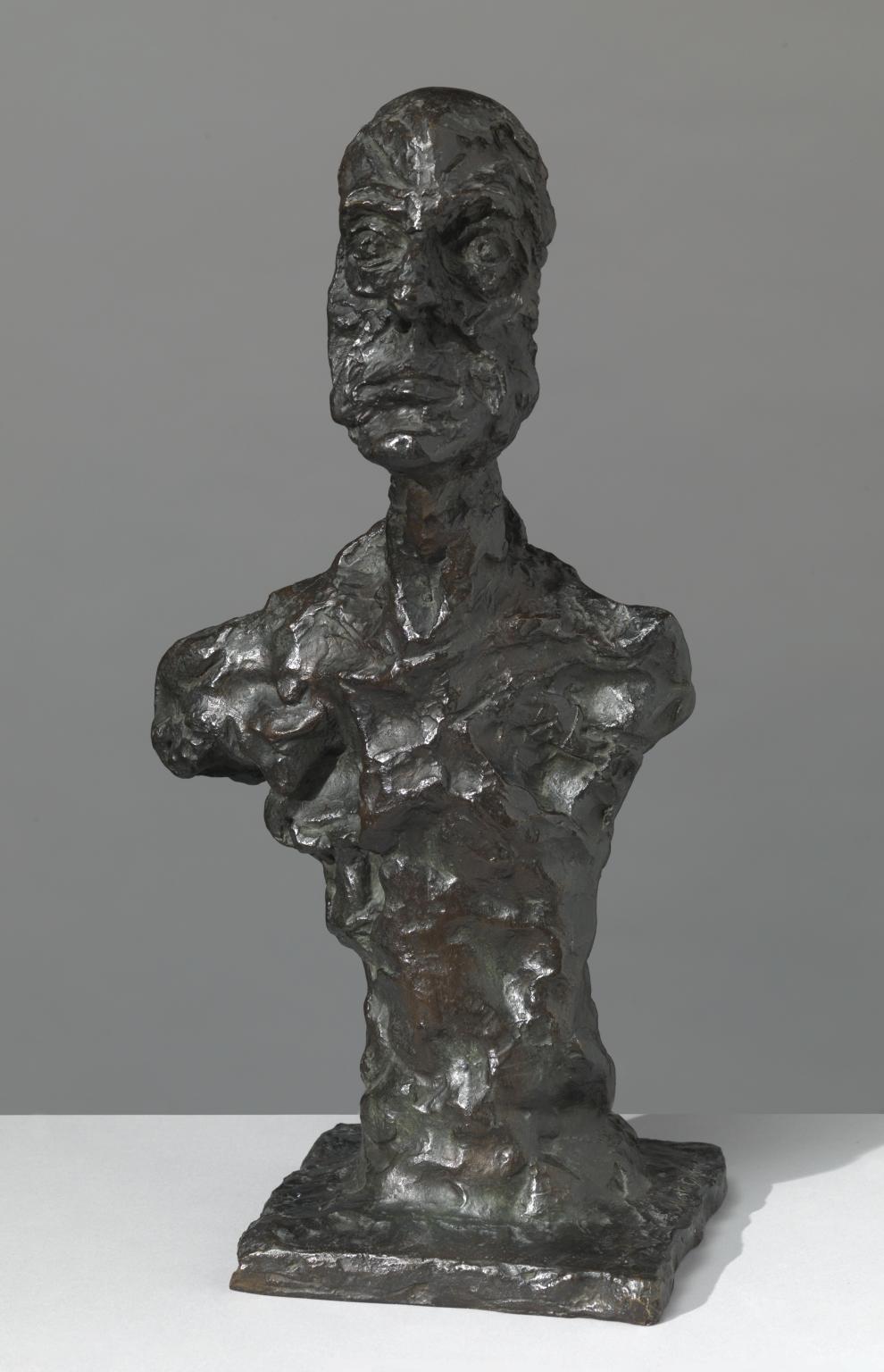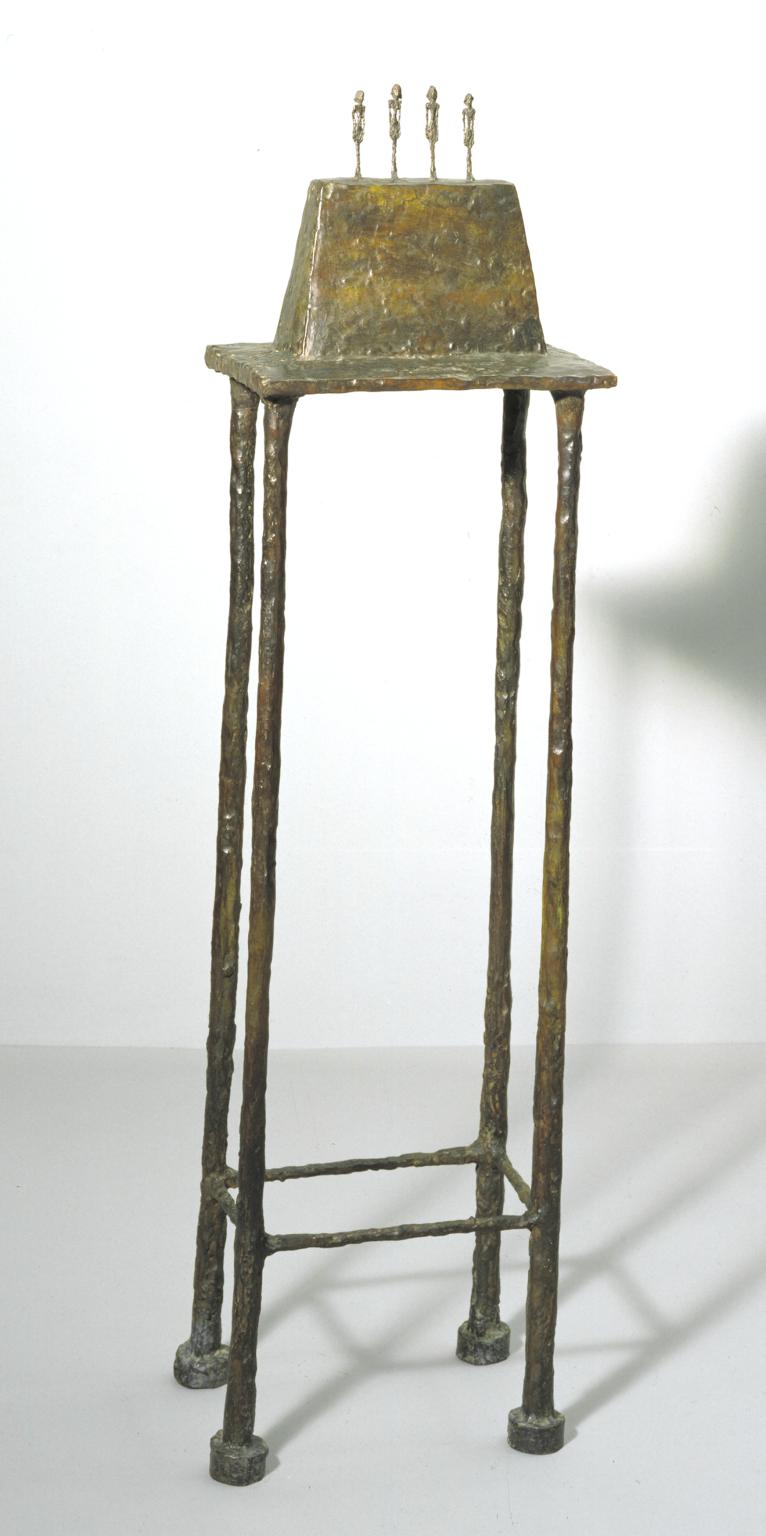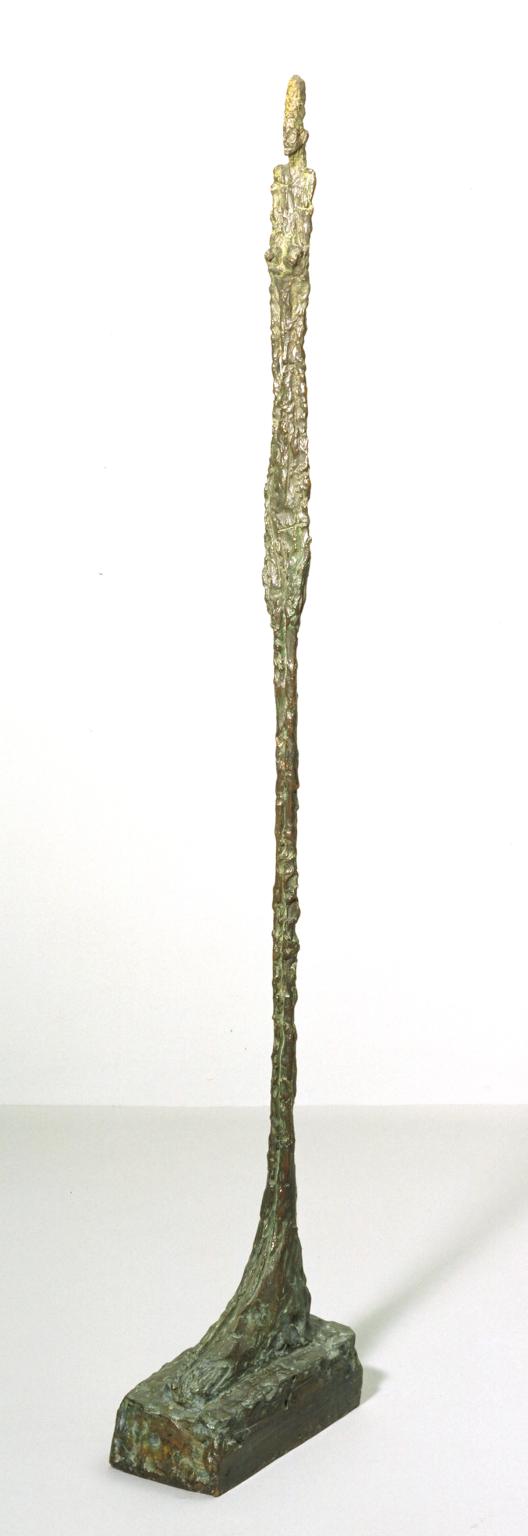Gonzalez-Torres presents a tender study of transience, loss and eternal renewal in this minimalist light installation
A pool of light emanates from a pair of unadorned household light bulbs hanging from entangled extension cords. Despite the close nestling of the two bulbs, they are not directly connected to one another. If one burns out, it is replaced. Arranged in this intimate yet informal manner, the installation gestures towards the tender but transitory nature of personal relationships.
“Untitled” (March 5th) #2 stands as a quietly powerful testament to the resilience of queer love. The work is often interpreted as a memorial to Gonzalez-Torres’s late partner, Ross Laycock. Gonzalez-Torres has commented: ‘When I first made those two light bulbs, I was in a total state of fear about losing my dialogue with Ross, of being just one.’ Laycock died from an AIDS-related illness the year of the work’s creation, and his birthday is part of the title.
Gonzalez-Torres chose to cite Laycock’s birthday rather than naming him outright. The artist always maintained that his artworks are open-ended and receptive to the individual perspective of the viewer. He said: ‘I want my artwork to look like something else, non-artistic yet beautifully simple... I’m always shifting. There is also a lot of power and threat in that.’
At once highly personal and universal, minimal yet profound, layers of emotional meaning reverberate through “Untitled” (March 5th) #2 as the bulbs cast their light and shadows against the walls of the gallery.
Art in this room
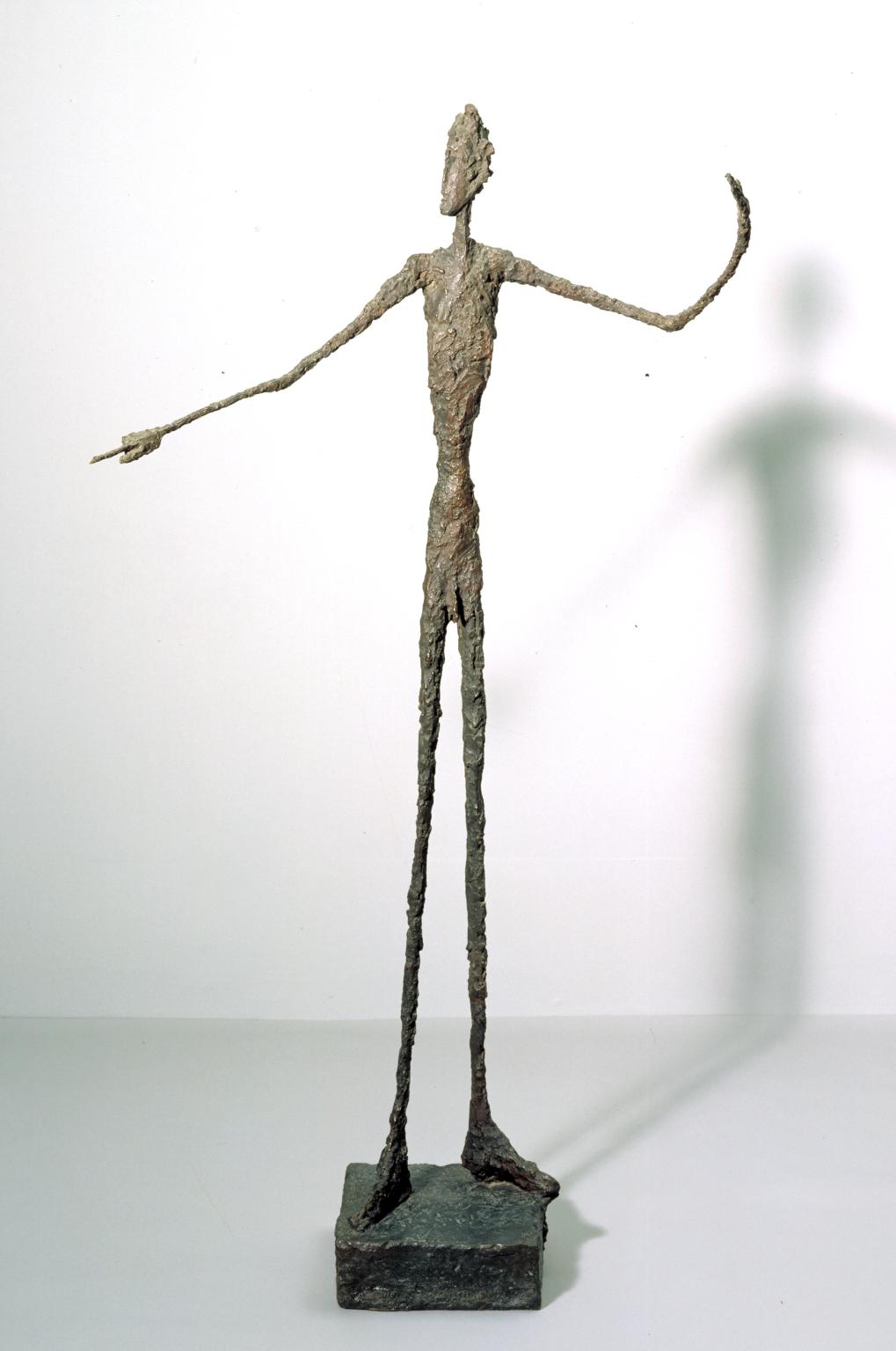
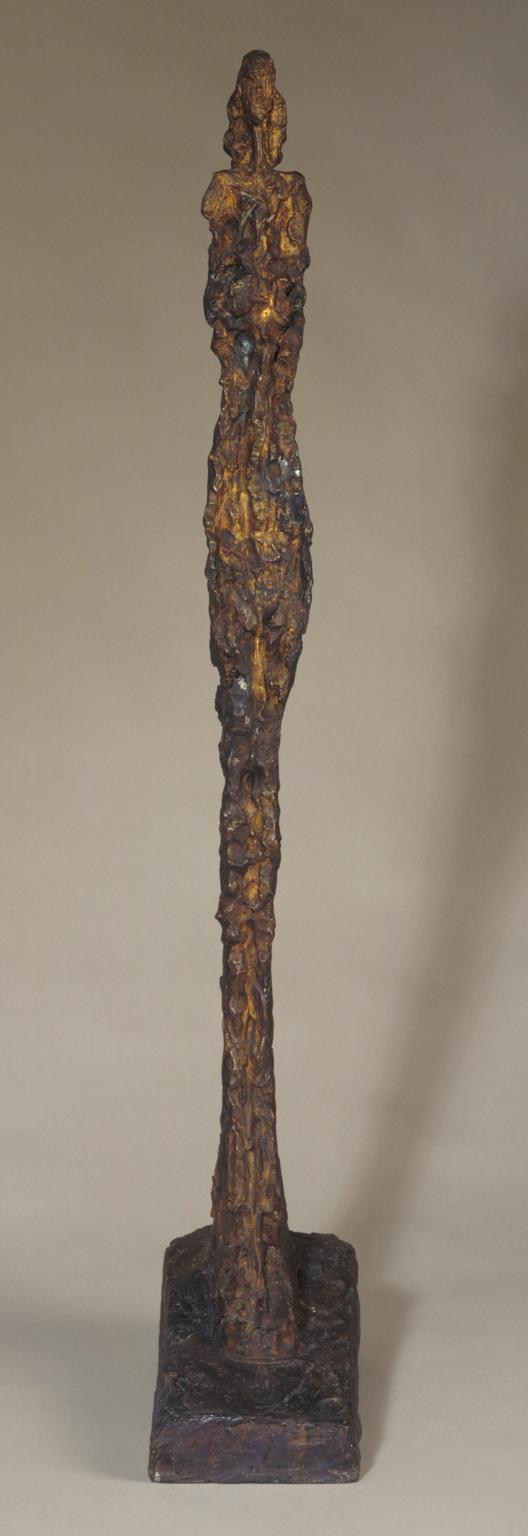



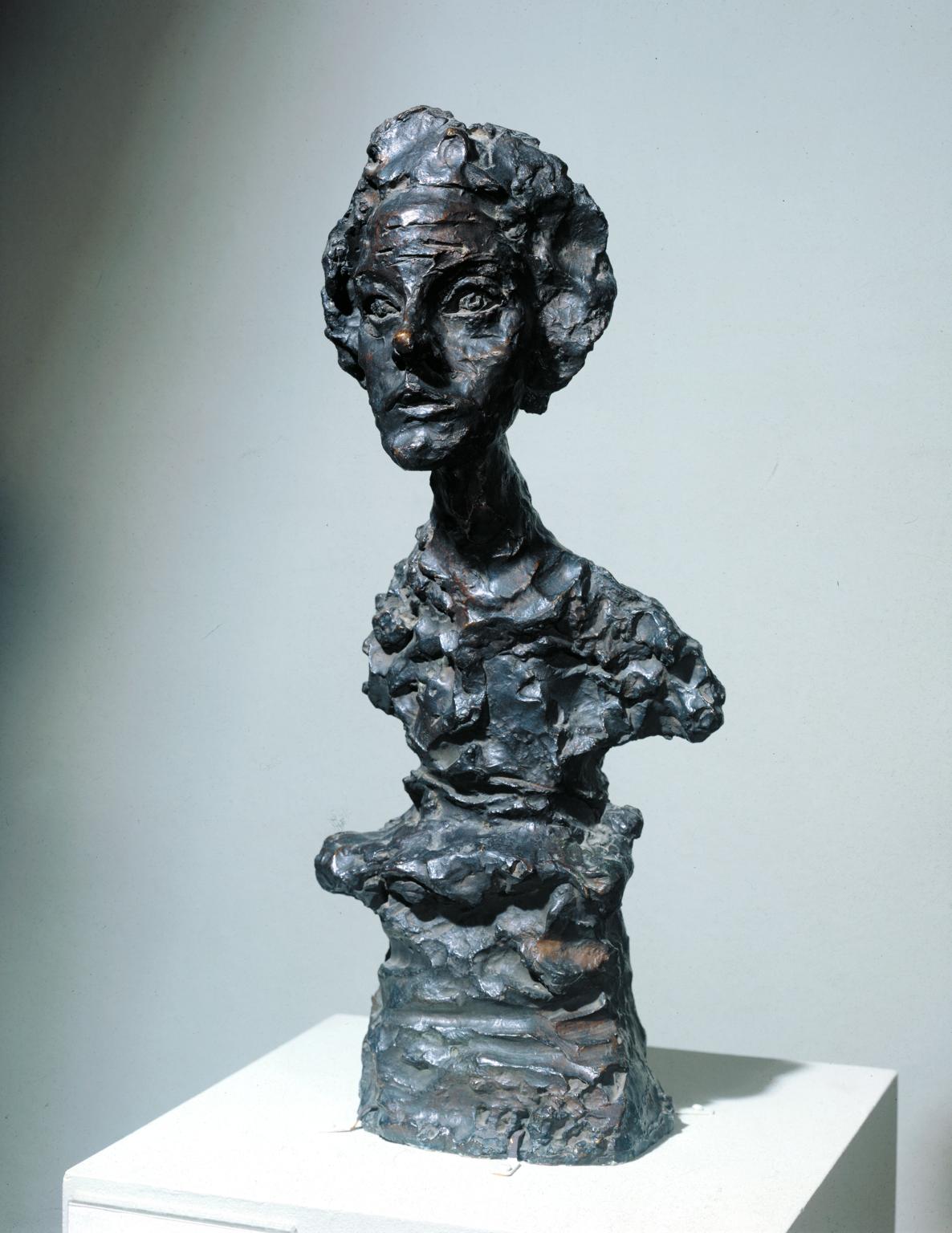
You've viewed 6/11 artworks
You've viewed 11/11 artworks


